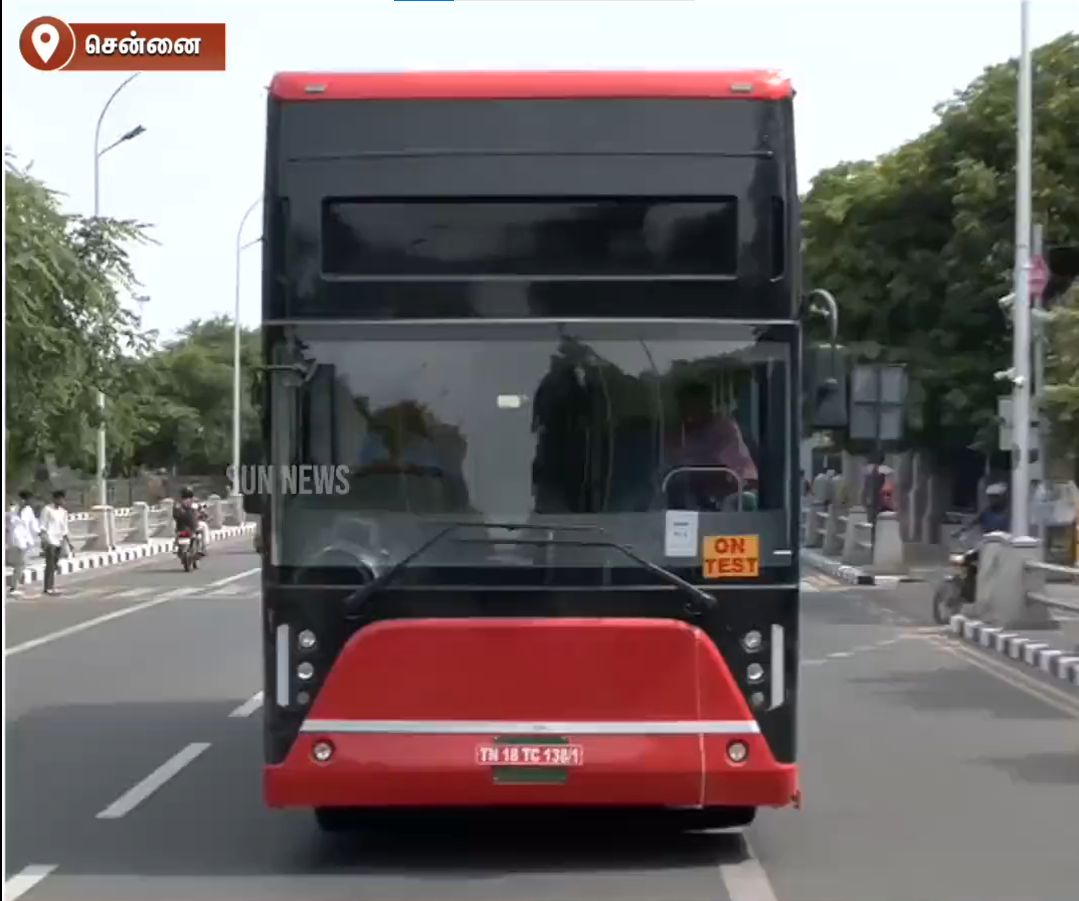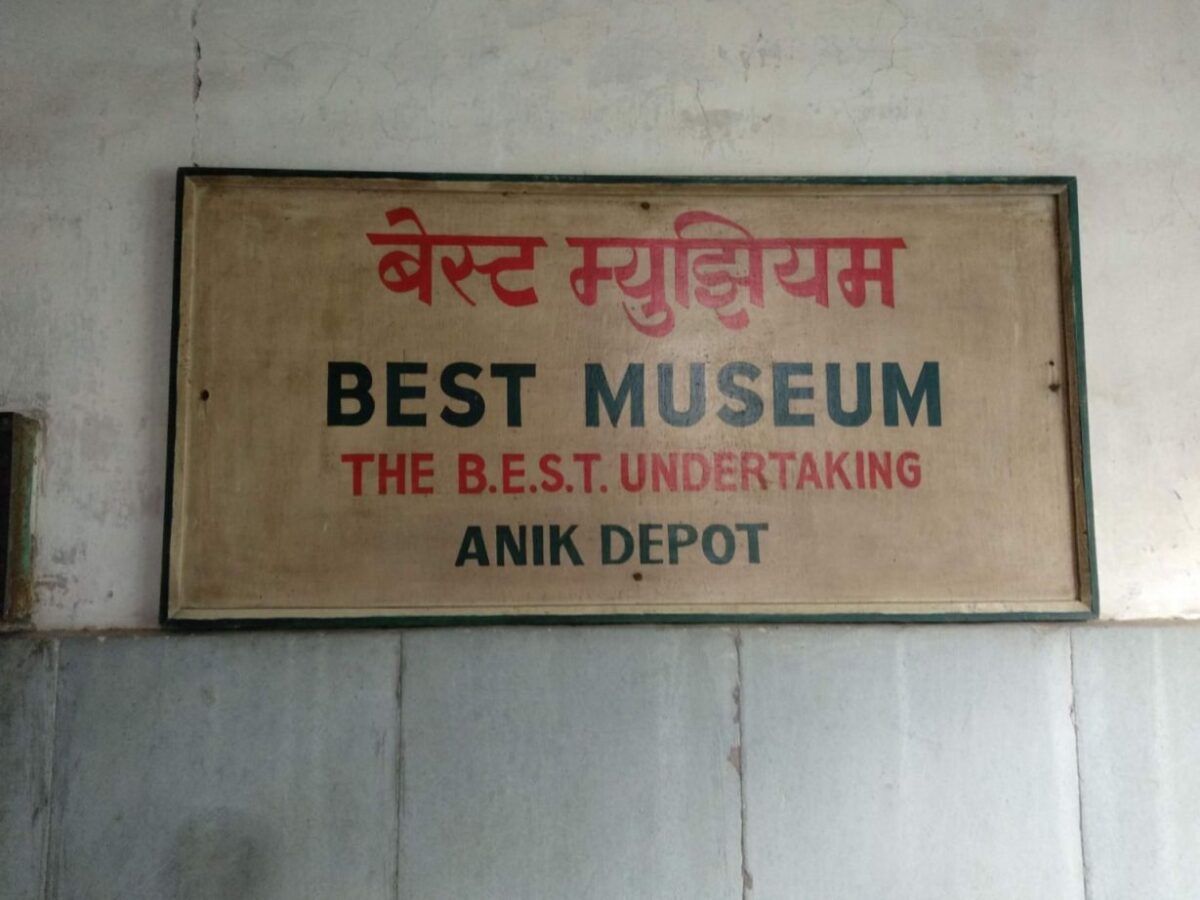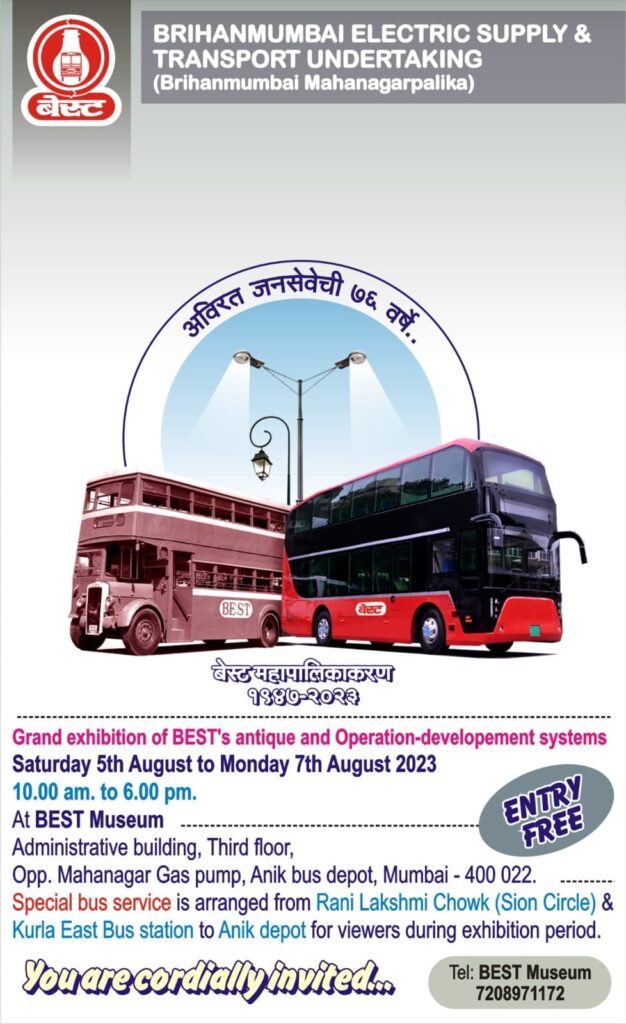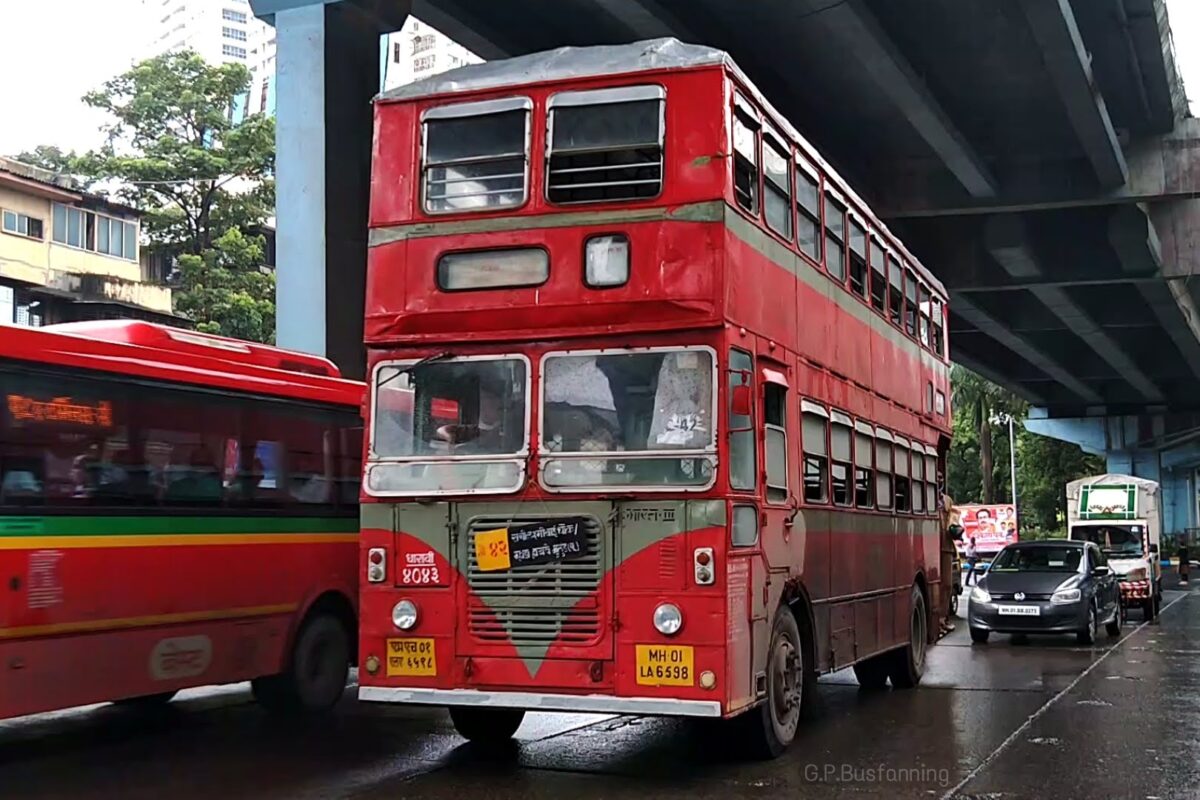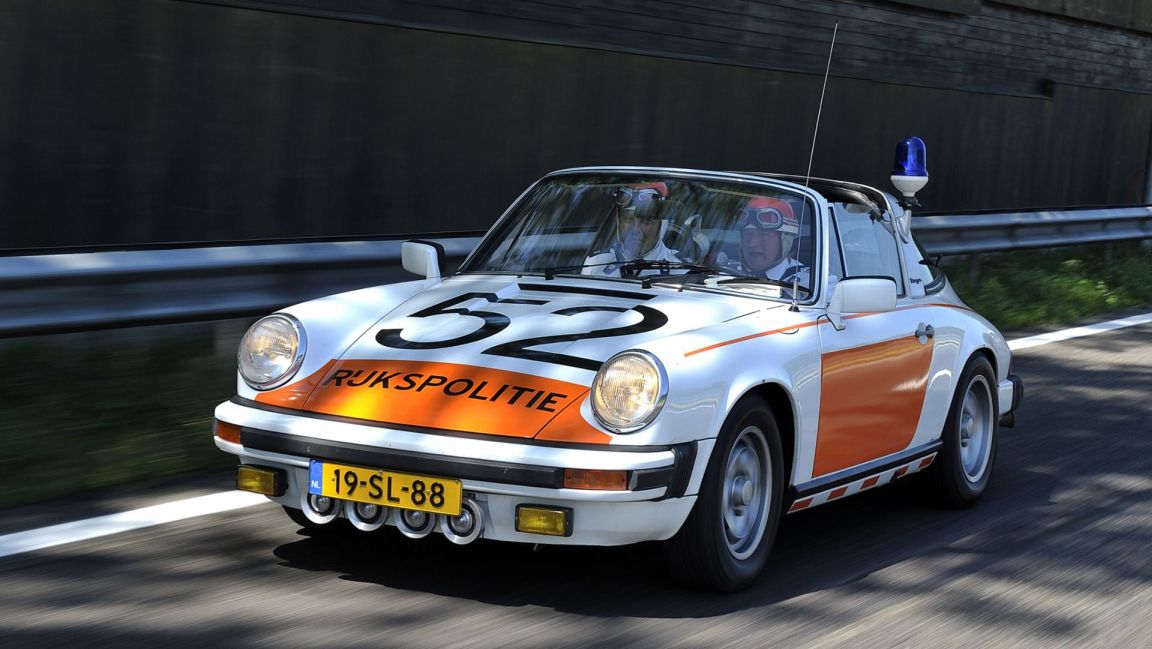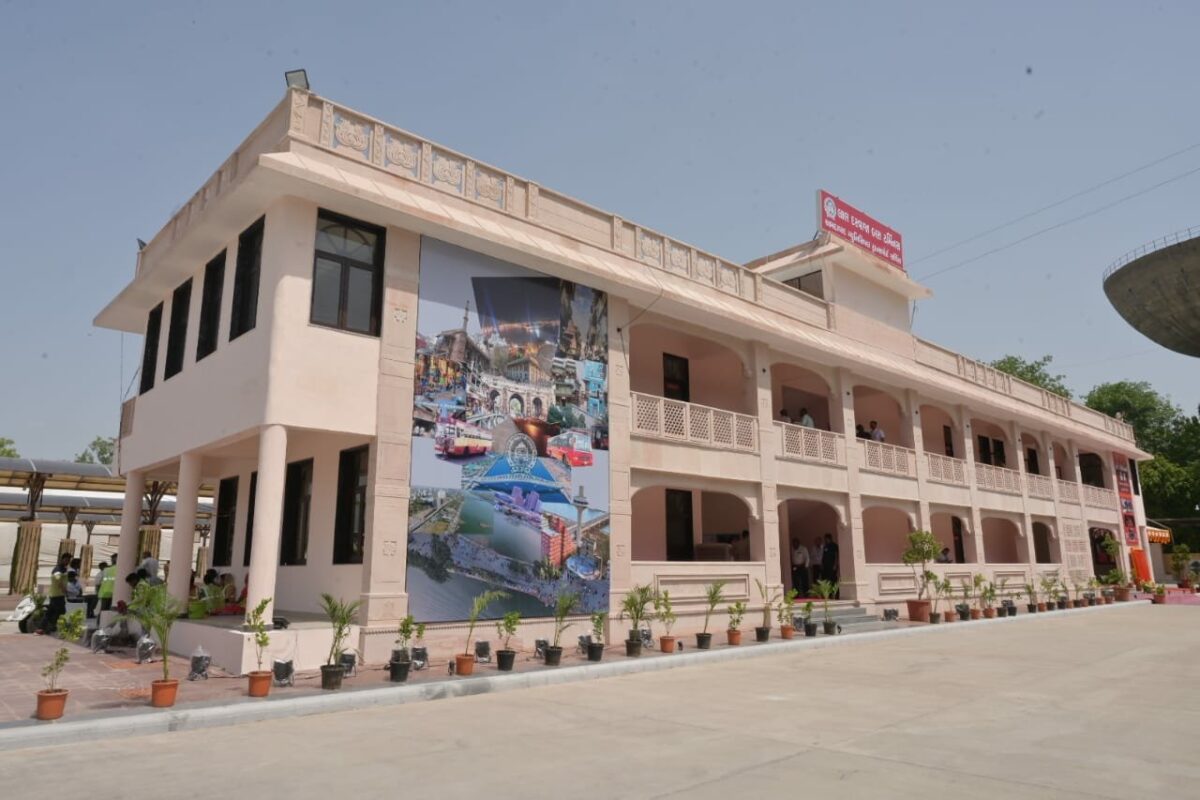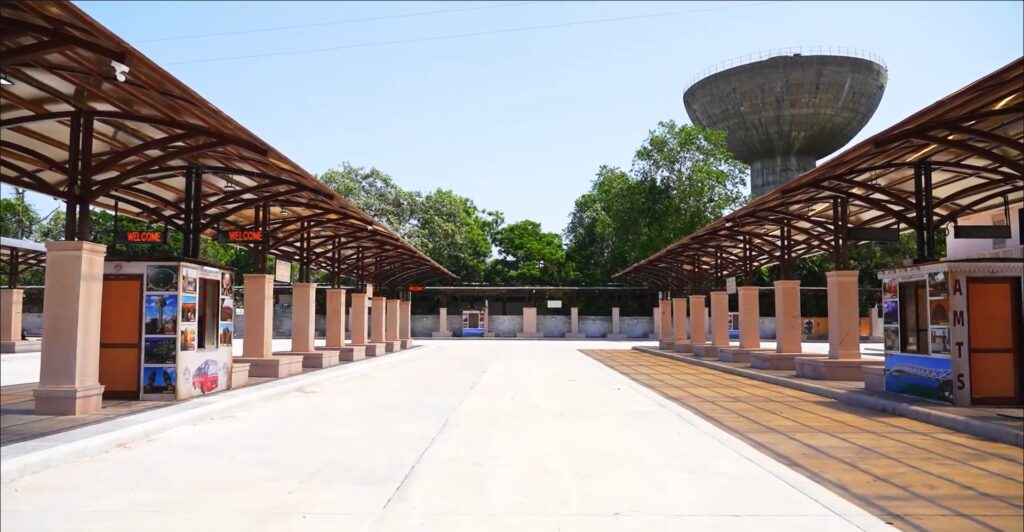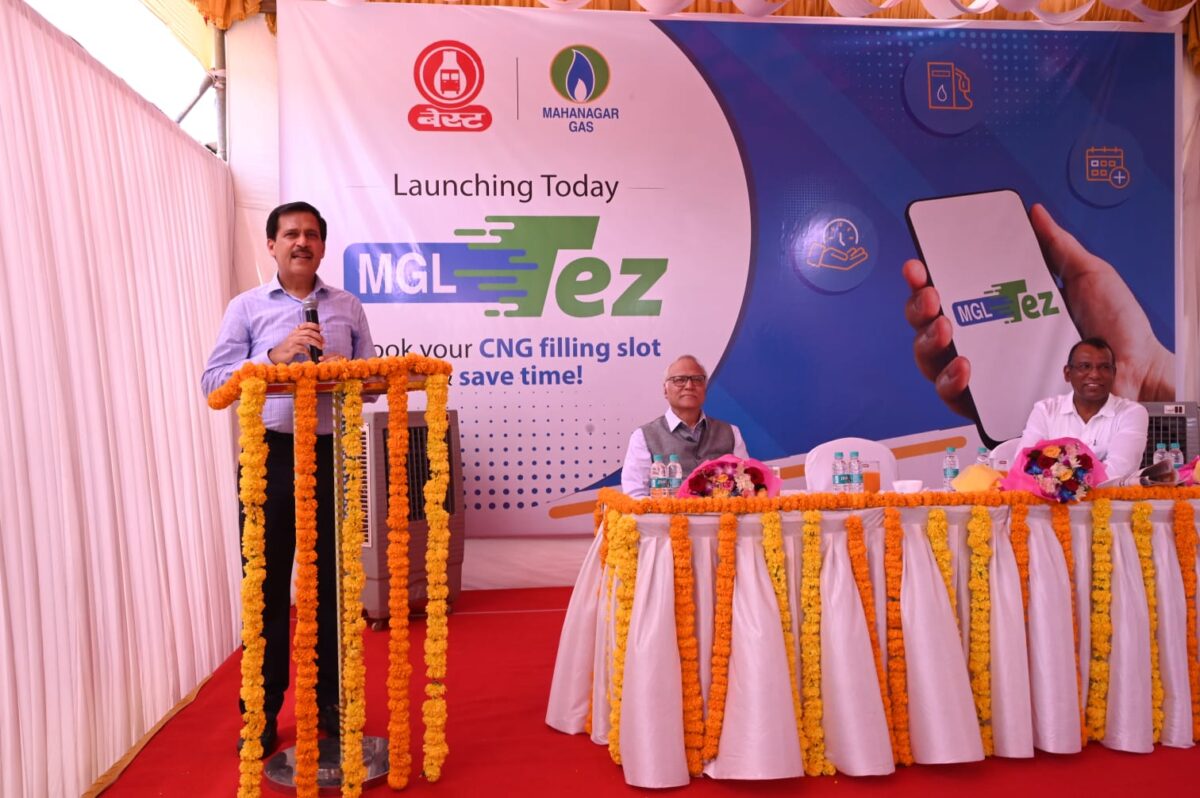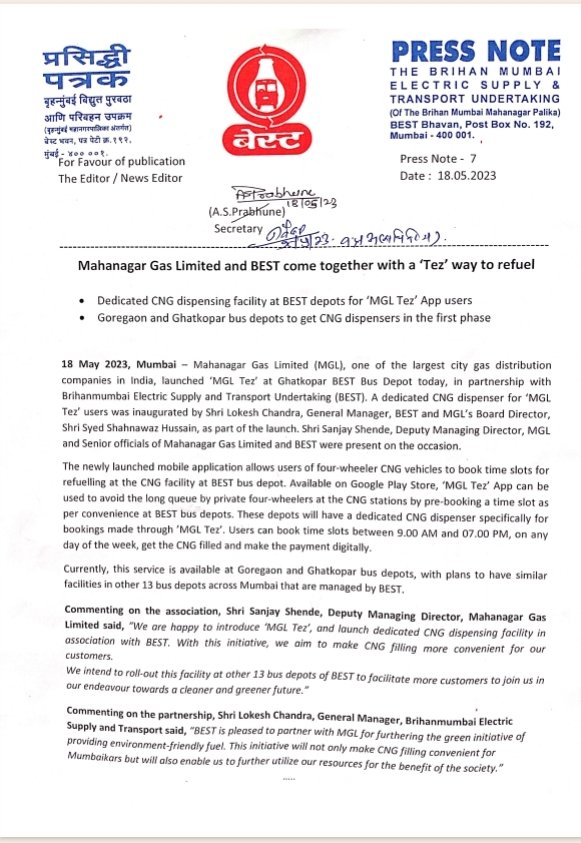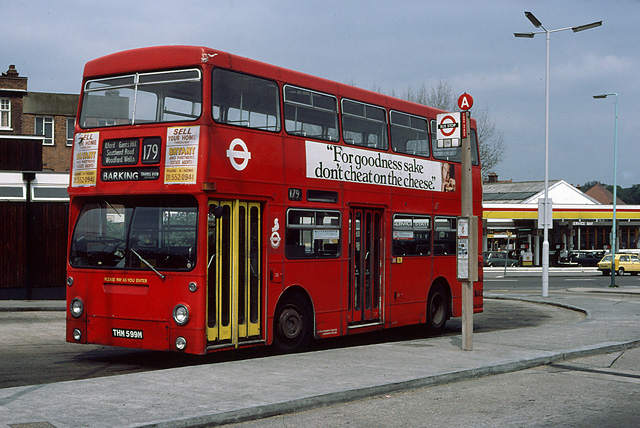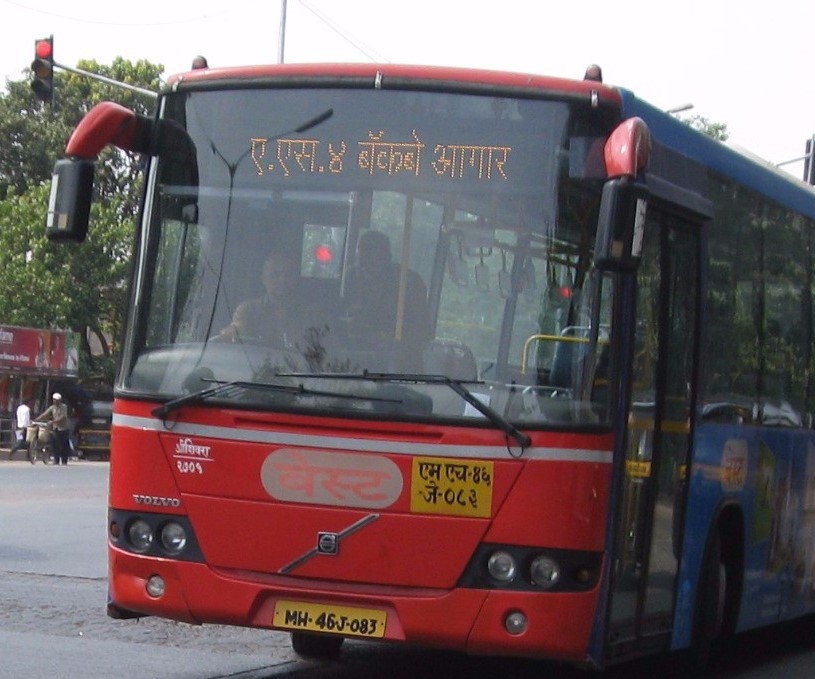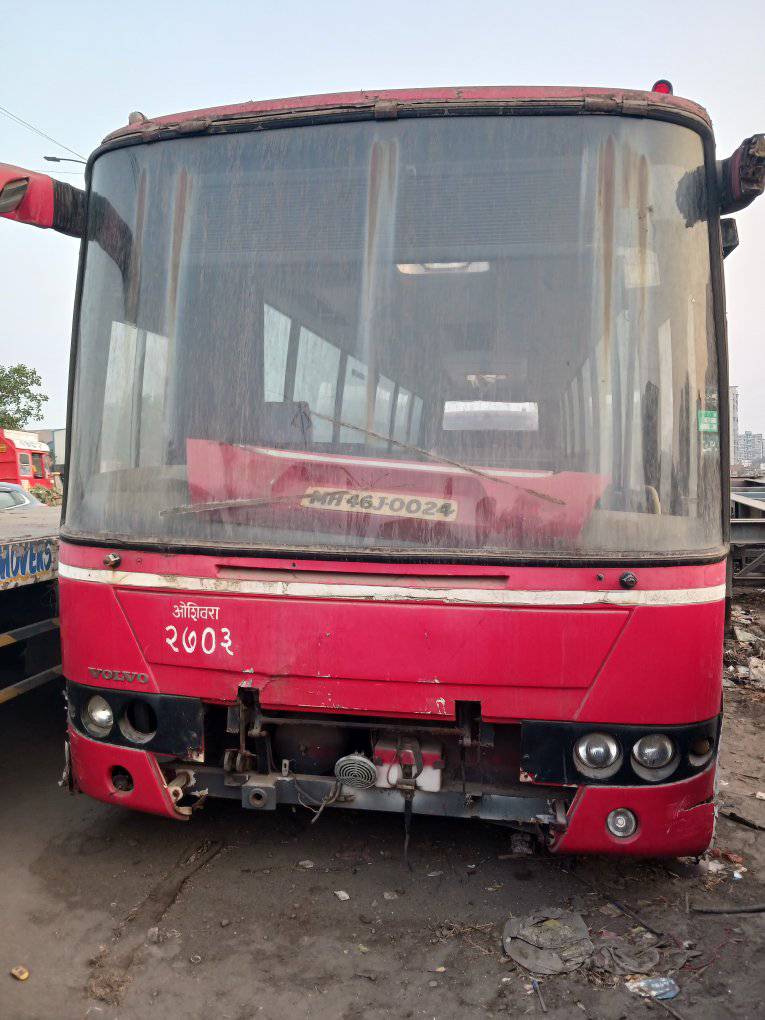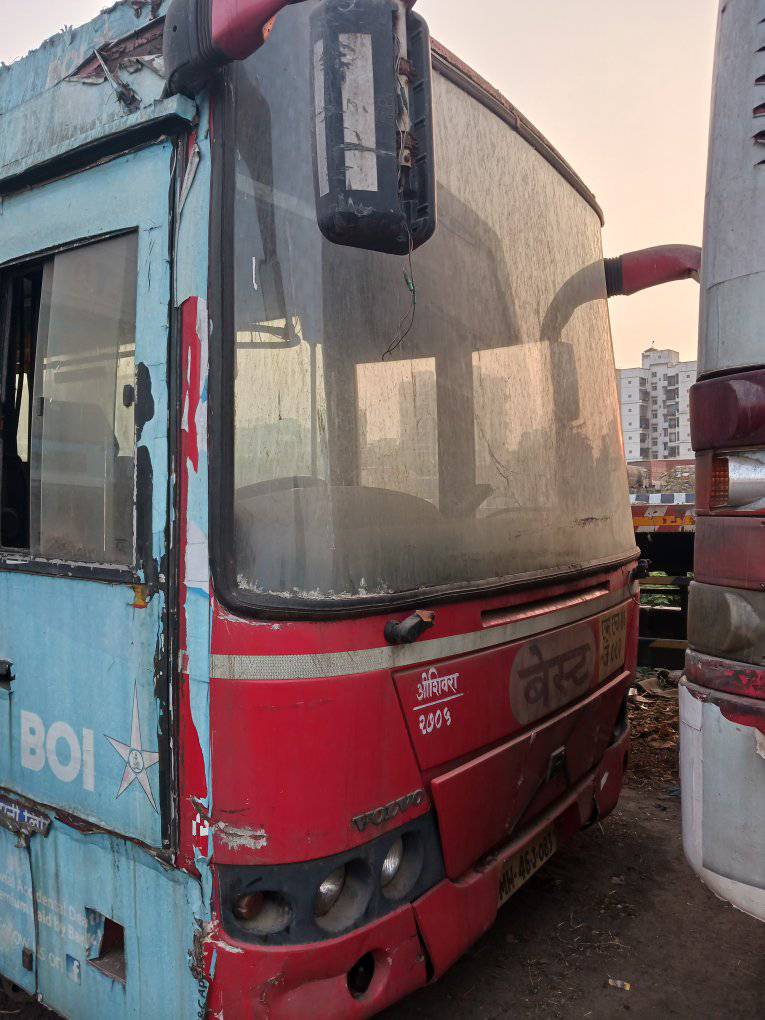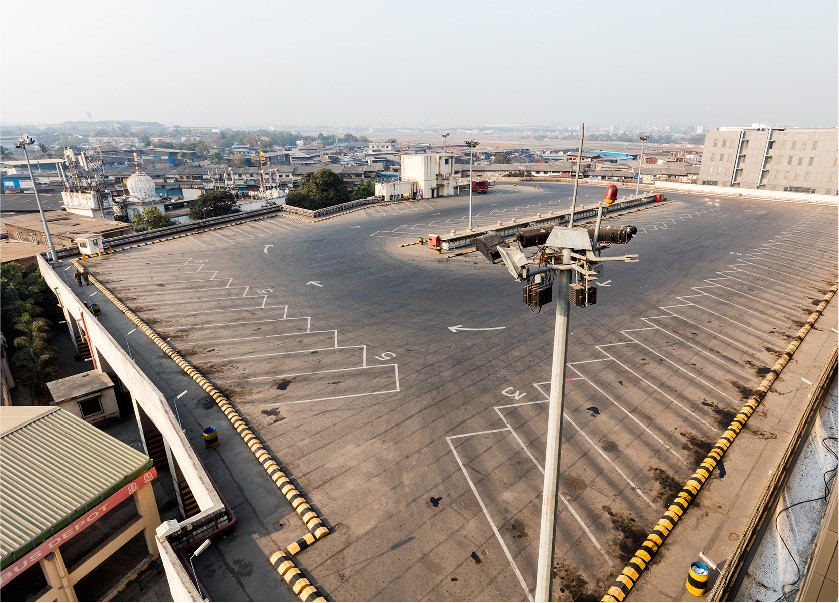In an interesting development, an open-deck doubled-decker bus manufactured by Ashok Leyland’s Switch Mobility was spotted near Marina Beach in Chennai.
The Metropolitan Transport Corporation (MTC) had announced that it was considering bringing back double-deckers on the city’s roads in July 2023. Double Deckers were originally introduced in the 1970s and ran on the High Court (Broadway) to Tambaram Route (most likely 21G) but wound up soon due to poor patronage. The Institute of Road Transport, Chennai (IRT) which is responsible for procuring buses in the state has begun the process of looking at different options.
It was reported that these buses would likely run on the Marina, which is where trials were conducted.
The bus seems to be an open-deck variant of Switch Mobility’s EiV22 that is currently in service in Mumbai and Hyderabad. Only Hyderabad, however has the open-deck variant in service, although it looks vastly different from the one that was seen in Chennai. Given that Switch is rapidly making changes to its models based on commuter feedback, this could be due to that. You can read more about the double-deckers in Hyderabad here: Double Decker Buses Return To Hyderabad After Two Decades, City Of Pearls Becomes First To Launch Electric Version
You can read a full-fledged review of the Switch Electric Double-Decker here: Rebirth Of An Icon! Mumbai Gets Hope With Brand New Electric Double-Decker Bus
Chennai is currently among the few metro cities in India without any electric buses. At the same time, after the Volvo fleet was scrapped, the new Ashok Leyland fleet is a fledgling and not enough for the city. You can read a review of these buses here: A Quick Review Of MTC’s AC Buses
Featured Image: Screengrab of the Switch Double Decker from Sun News’ Twitter
![]()
